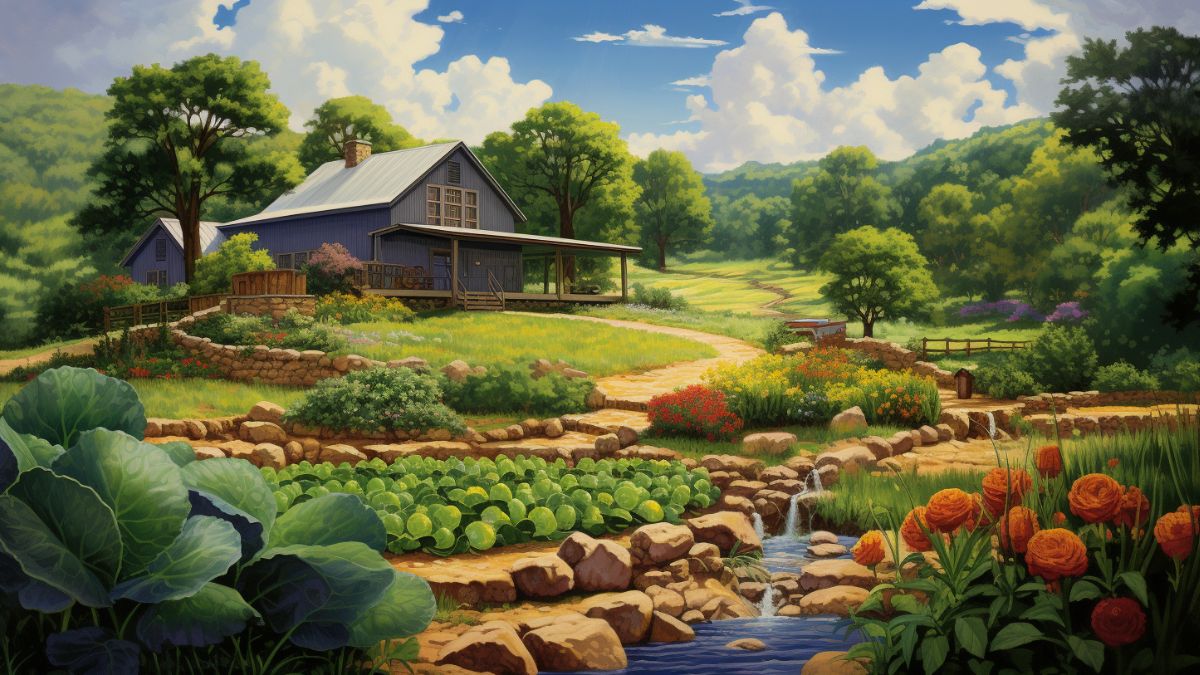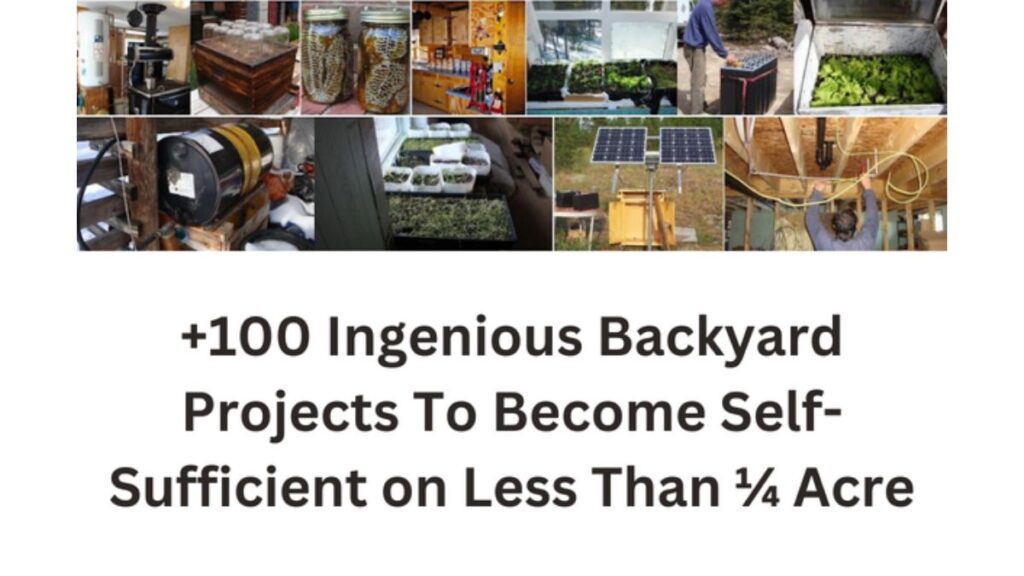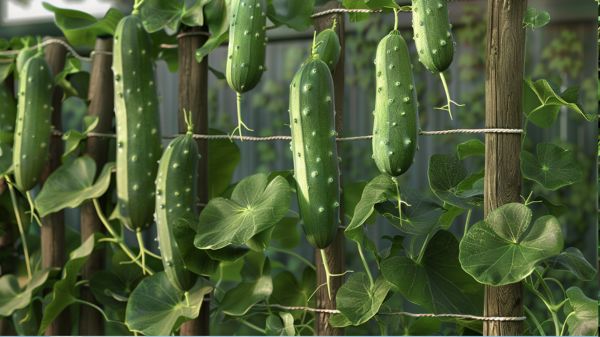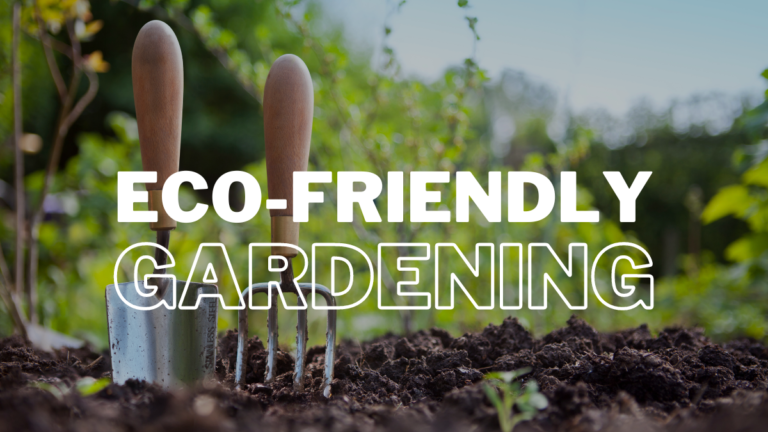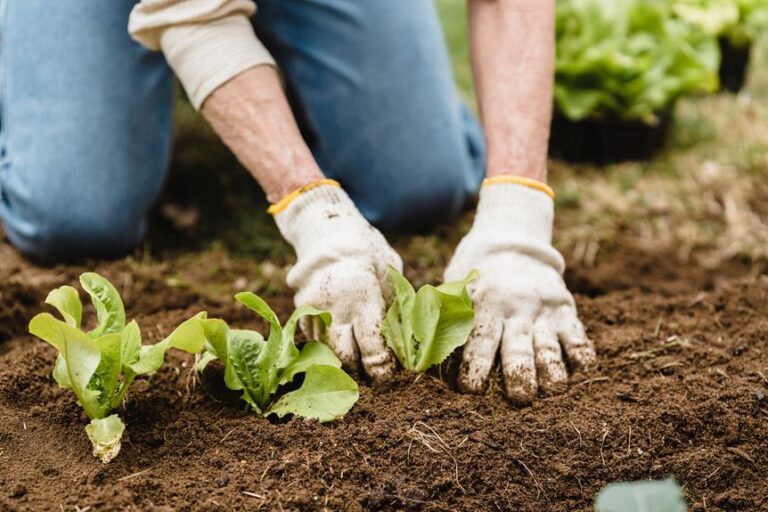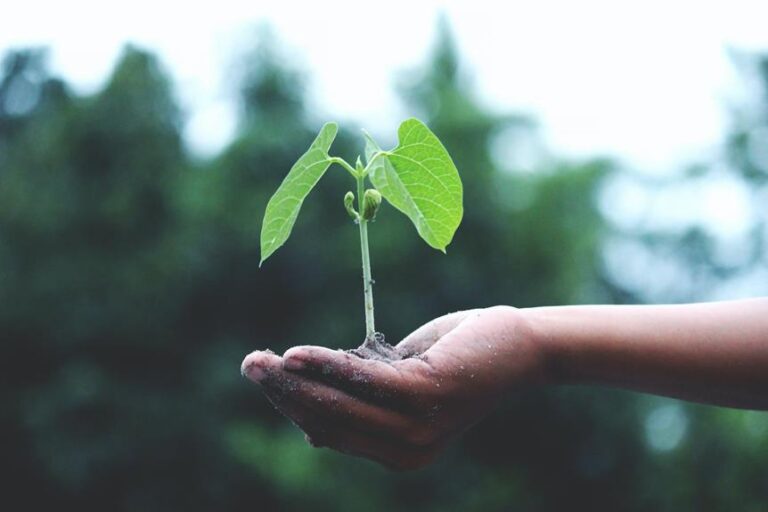A Thriving Homestead: Why Focus on Water & Food Systems First
Are you ready to transform your homestead into a thriving oasis? Have you considered the importance of prioritizing water and food systems?
In this article, we will delve into the reasons why focusing on these key elements is essential for creating a sustainable and abundant ecosystem. By harnessing the power of purposeful action and efficient land development, you can unlock the advantages of living on your property and create a sense of belonging within your homestead community.
So, let’s dive in and discover how to build a thriving homestead together.
Key Takeaways
- Nurturing and caring for the ecosystem is essential for a thriving homestead.
- A reliable water source is crucial for crop growth and animal well-being.
- Implementing a well-designed irrigation system ensures a consistent water supply.
- Crop diversity minimizes the risk of crop failure and provides a diverse diet.
Building a Thriving Ecosystem
You should consistently nurture and care for your ecosystem in order to build a thriving homestead. Biodiversity enhancement is crucial for creating a balanced and resilient environment. Embracing permaculture principles, such as designing with nature and valuing diversity, will help you achieve this.
By incorporating a variety of plants, you can attract beneficial insects and pollinators, creating a healthier ecosystem. Additionally, focusing on soil regeneration through methods like composting and cover cropping will improve soil fertility and structure, supporting sustainable agriculture practices.
Preserving natural habitats within your homestead will provide a sanctuary for native species and contribute to the overall health of the ecosystem.
The Lifeblood of a Homestead
Water and food systems are the lifeblood of a homestead. Without a reliable water source, your crops will wither and your animals will suffer. Similarly, without a well-planned food system, your homestead won’t be able to sustain itself. Let’s discuss the importance of water and food systems in creating a thriving homestead.
1. Water Systems
By implementing a well-designed irrigation system, you can ensure a consistent water supply for your thriving homestead. With proper water management and sustainable irrigation practices, you can create a sustainable and resilient food production system. Here are three key elements to consider when setting up your water systems:
- Rainwater harvesting: Collecting rainwater allows you to utilize a free and abundant resource to water your crops and livestock. Install rain barrels or tanks to capture and store rainwater during the wet season for use during dry spells.
- Water storage: Having sufficient water storage capacity is crucial for maintaining a reliable water supply. Consider adding water tanks or ponds to store larger quantities of water for times of scarcity.
- Water conservation: Implementing water conservation strategies such as mulching, drip irrigation, and proper soil management can significantly reduce water usage while maximizing its effectiveness.
2. Food Systems
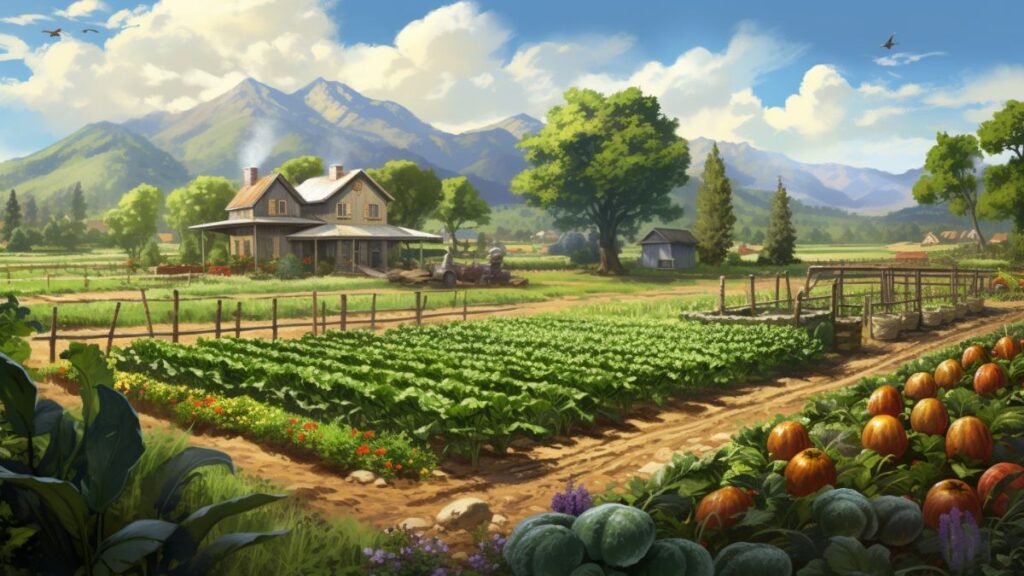
The food systems on your homestead are essential for sustaining a thriving and self-sufficient lifestyle. To ensure the success of your food systems, it’s crucial to focus on several key aspects: crop diversity, soil health, harvesting techniques, pest management, and composting methods.
Crop diversity is important for a variety of reasons. It helps to minimize the risk of crop failure due to pests or diseases, as different plants have different vulnerabilities. Additionally, by growing a wide range of crops, you can enjoy a diverse and nutritious diet.
Maintaining soil health is vital for the long-term productivity of your food systems. It involves practices such as adding organic matter, rotating crops, and avoiding the use of harmful chemicals. Healthy soil is rich in nutrients and beneficial microorganisms, which support the growth of robust and nutritious plants.
When it comes to harvesting techniques, it’s essential to learn the proper methods for each crop. This ensures that you maximize your yield and minimize damage to the plants. Harvesting at the right time and using appropriate tools can make a significant difference in the quality and quantity of your produce.
Pest management is a crucial aspect of maintaining healthy food systems. Implementing integrated pest management strategies, such as using natural predators and traps, can help control pests without relying heavily on pesticides. Regular monitoring and early intervention are key to preventing pest infestations.
Composting is a valuable practice for recycling organic waste and improving soil fertility. By composting kitchen scraps, yard waste, and livestock manure, you can create nutrient-rich compost that can be used to nourish your plants. Composting also reduces waste and supports a sustainable, closed-loop system on your homestead.
Resource Efficiency through Land Development
You can significantly increase resource efficiency through land development by implementing sustainable practices and optimizing available space. By focusing on sustainable agriculture, permaculture design, water conservation, land management, and efficient resource utilization, you can create a thriving homestead that supports your needs while minimizing waste and maximizing productivity. Here are three key practices to consider:
- Implement sustainable agriculture techniques: Utilize organic farming methods, crop rotation, and companion planting to optimize soil health and minimize the need for chemical inputs. This won’t only reduce your environmental impact but also improve the quality and nutritional value of your harvest.
- Incorporate permaculture design principles: Design your homestead to mimic natural ecosystems, integrating diverse plants and animals to create a self-sustaining and regenerative system. By carefully observing and working with nature, you can maximize the efficiency and resilience of your land.
- Prioritize water conservation: Implement water-saving techniques such as rainwater collection, drip irrigation, and mulching to minimize water usage. This won’t only help preserve this precious resource but also reduce your water bills and ensure the long-term viability of your homestead.
Phased Implementation: Breaking Down the Transformation
To successfully break down the transformation, it’s crucial to approach phased implementation with careful planning and effective coordination.
When it comes to transforming your homestead, it’s important to start with a solid foundation. This means focusing on infrastructure planning, resource allocation, and goal setting.
By carefully planning and allocating resources, you can ensure that each phase of the implementation process is executed smoothly and efficiently. Setting clear goals and objectives will help guide your progress and keep everyone on track.
Additionally, adaptability and feedback are key components of a successful phased implementation. By being open to feedback and making necessary adjustments, you can ensure that your transformation is tailored to meet the needs and desires of your homestead community.
Advantages of Living on the Property
Living on the property provides an immersive experience that allows you to fully embrace the advantages of a self-sustaining lifestyle. It offers numerous benefits that not only enhance your connection to the land but also contribute to your overall well-being. Here are three key advantages of living on the property:
- Community engagement: Being a part of a self-sustaining community fosters a sense of belonging and collaboration. You can actively participate in shared tasks, such as tending to the farm or maintaining the water and food systems, creating lasting relationships with like-minded individuals.
- Self sufficiency: Living on the property allows you to become more self-reliant. You can grow your own food, raise livestock, and harness renewable energy sources, reducing your dependence on external resources.
- Sustainable practices: Embracing sustainable practices on the property, such as composting, rainwater harvesting, and permaculture, not only benefit the environment but also contribute to the long-term sustainability of the community.
In addition to these advantages, living on the property also offers health benefits, including fresh air, exercise, and access to nutritious, homegrown food, all while saving costs in the long run.
The Power of Purposeful Action
Taking deliberate steps and aligning your actions with a clear purpose can lead to profound transformations in your life and the world around you. When it comes to creating a resilient ecosystem, focusing on sustainable practices is essential. By implementing sustainable practices, not only can you reduce your environmental impact, but you can also reap the benefits of self-sufficiency.
Building a thriving homestead requires long-term planning and a commitment to community engagement. By cultivating your own water and food systems, you not only ensure your own self-sufficiency, but you also inspire others to do the same. The power of purposeful action lies in leaving a lasting legacy and inspiring others on their own self-reliant journeys.
Final Thought
Focusing on water and food systems is crucial for building a thriving homestead. Did you know that implementing efficient water management techniques can save up to 50% of water usage? This statistic highlights the importance of sustainable practices in preserving our precious resources.
By prioritizing these systems, you can create a self-sufficient and sustainable lifestyle that not only benefits you but also contributes to a healthier planet. So, take purposeful action and start transforming your homestead today.
